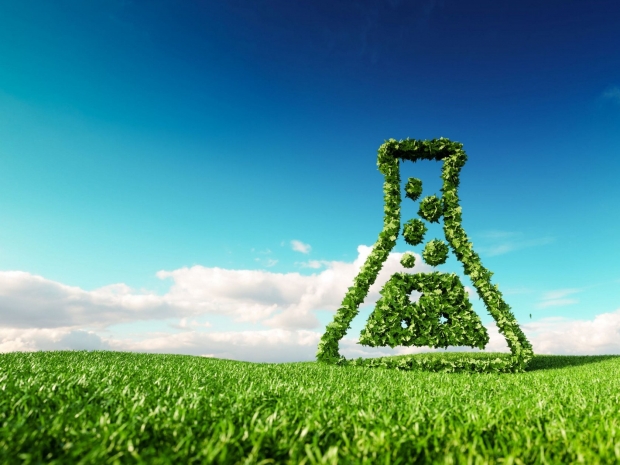The research, which aims to provide a guide for policymakers and investors, identified technologies and projects the EU could invest in using money from its budget and recovery fund to help the region’s economies bounce back from the coronavirus crisis.
The research looked at 200 projects and chose 55 technologies as “ripe for investment” that could deliver results quickly and at scale up to 2030 and 2050.
Combined, they could create a market of net-zero goods and services totalling up to 790 billion euros ($933 billion) a year and reduce emissions by 871 million tonnes.
The technologies will require around 144 billion euro of public and private investment a year and support 12.7 million jobs but for every one euro invested in this portfolio, it could generate nine euro of future turnover in European markets by 2050.
The projects chosen include solar module gigafactories, large-scale floating offshore wind farms, large-scale green hydrogen production; grid development to enable 100 per cent renewable power; direct carbon capture technology, the report said.
For the industrial sector, projects include materials to replace concrete; green hydrogen production in refineries, carbon capture for steel manufacturing, switch to low-carbon fuels for heat industry processes.
For transport, projects include giga-scale production facilities for low-carbon fuel production for aviation, green ammonia-fuelled vessels and infrastructure for shipping, electrification of trucks and electric vehicle charging infrastructure.
In July, the European Commission unveiled a 750 billion euro fund to aid recovery from the pandemic, which was in addition to a more than a trillion euro package of long term budget. Of the combined 1.83 trillion, a third was earmarked for climate goals.




